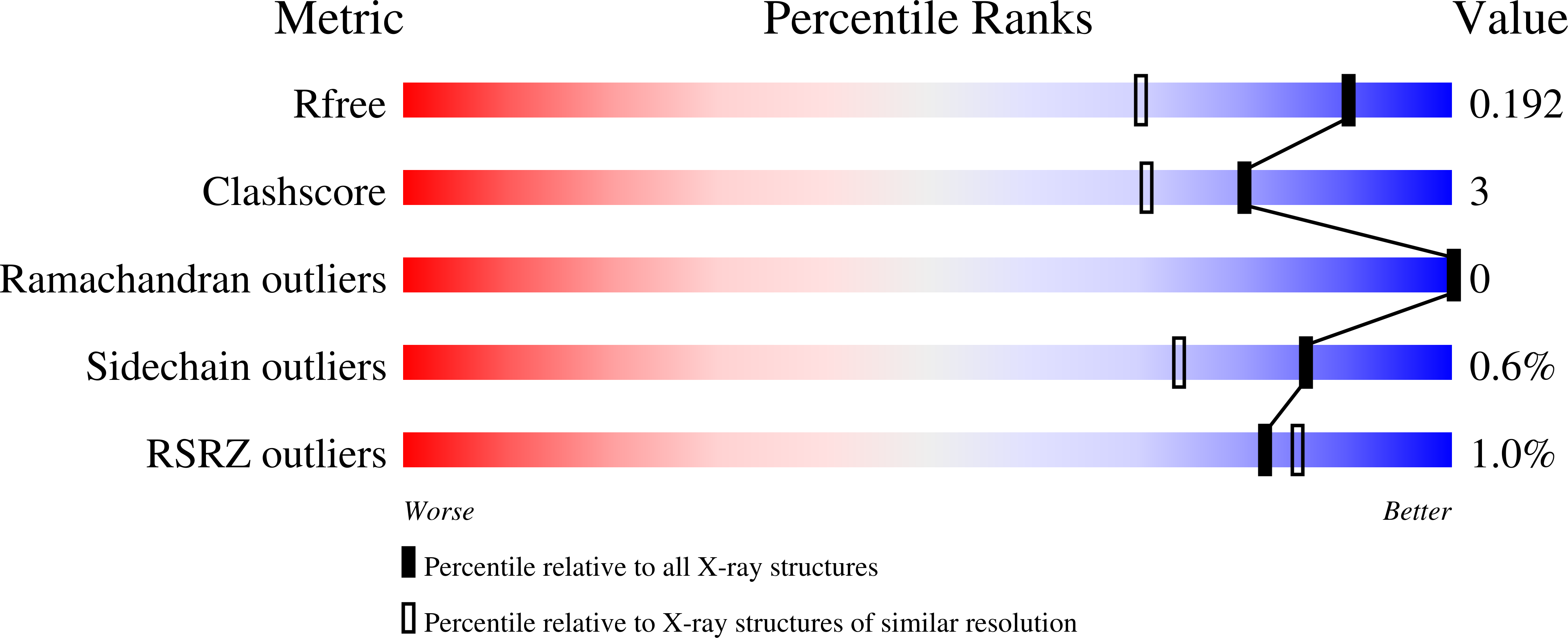Structural genomics for drug design against the pathogen Coxiella burnetii.
Franklin, M.C., Cheung, J., Rudolph, M.J., Burshteyn, F., Cassidy, M., Gary, E., Hillerich, B., Yao, Z.K., Carlier, P.R., Totrov, M., Love, J.D.(2015) Proteins 83: 2124-2136
- PubMed: 26033498
- DOI: https://doi.org/10.1002/prot.24841
- Primary Citation of Related Structures:
3TQ8, 3TQ9, 3TQA, 3TQB, 3TQC, 3TQD, 3TQE, 3TQF, 3TQG, 3TQH, 3TQI, 3TQJ, 3TQL, 3TQM, 3TQN, 3TQO, 3TQP, 3TQQ, 3TQR, 3TQS, 3TQT, 3TQU, 3TQW, 3TQX, 3TQY, 3TQZ, 3TR0, 3TR1, 3TR2, 3TR3, 3TR4, 3TR5, 3TR6, 3TR7, 3TR8, 3TR9, 3TRB, 3TRC, 3TRD, 3TRE, 3TRF, 3TRG, 3TRH, 3TRI, 3TTH, 3TY2, 3UWC, 4F3Q, 4F3R, 4NBQ - PubMed Abstract:
Coxiella burnetii is a highly infectious bacterium and potential agent of bioterrorism. However, it has not been studied as extensively as other biological agents, and very few of its proteins have been structurally characterized. To address this situation, we undertook a study of critical metabolic enzymes in C. burnetii that have great potential as drug targets. We used high-throughput techniques to produce novel crystal structures of 48 of these proteins. We selected one protein, C. burnetii dihydrofolate reductase (CbDHFR), for additional work to demonstrate the value of these structures for structure-based drug design. This enzyme's structure reveals a feature in the substrate binding groove that is different between CbDHFR and human dihydrofolate reductase (hDHFR). We then identified a compound by in silico screening that exploits this binding groove difference, and demonstrated that this compound inhibits CbDHFR with at least 25-fold greater potency than hDHFR. Since this binding groove feature is shared by many other prokaryotes, the compound identified could form the basis of a novel antibacterial agent effective against a broad spectrum of pathogenic bacteria.
Organizational Affiliation:
Special Projects Division, New York Structural Biology Center, New York.

















